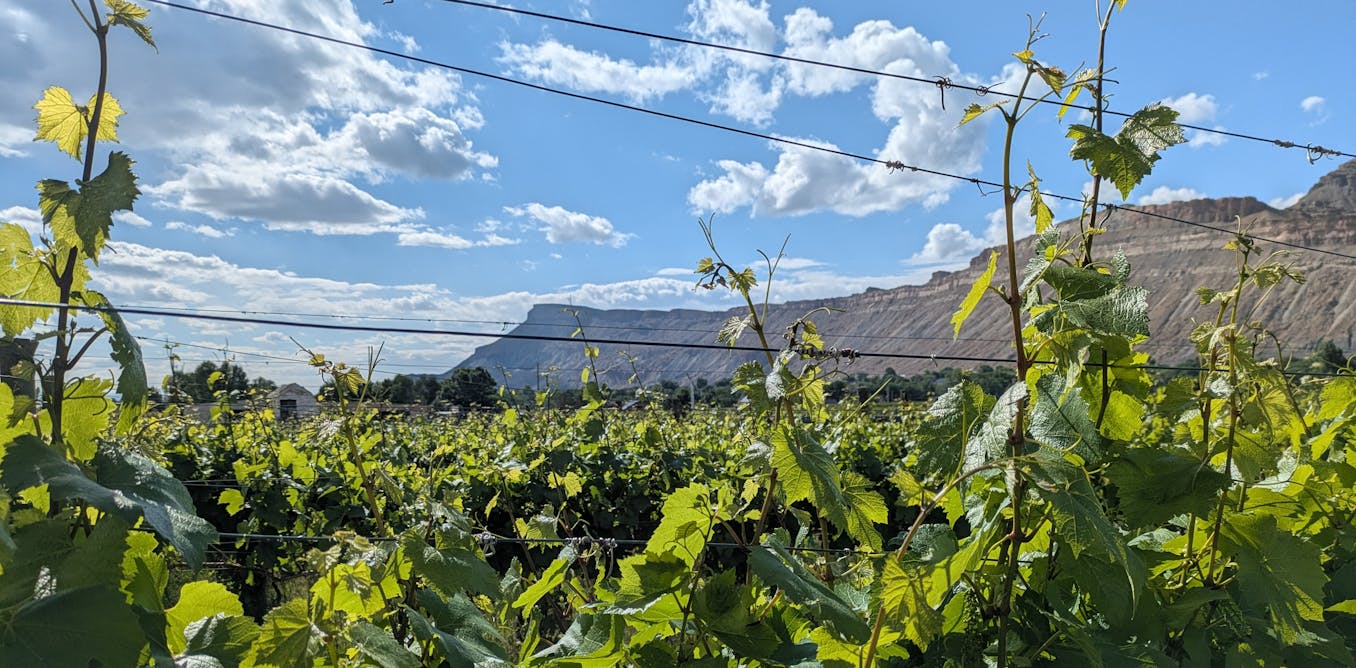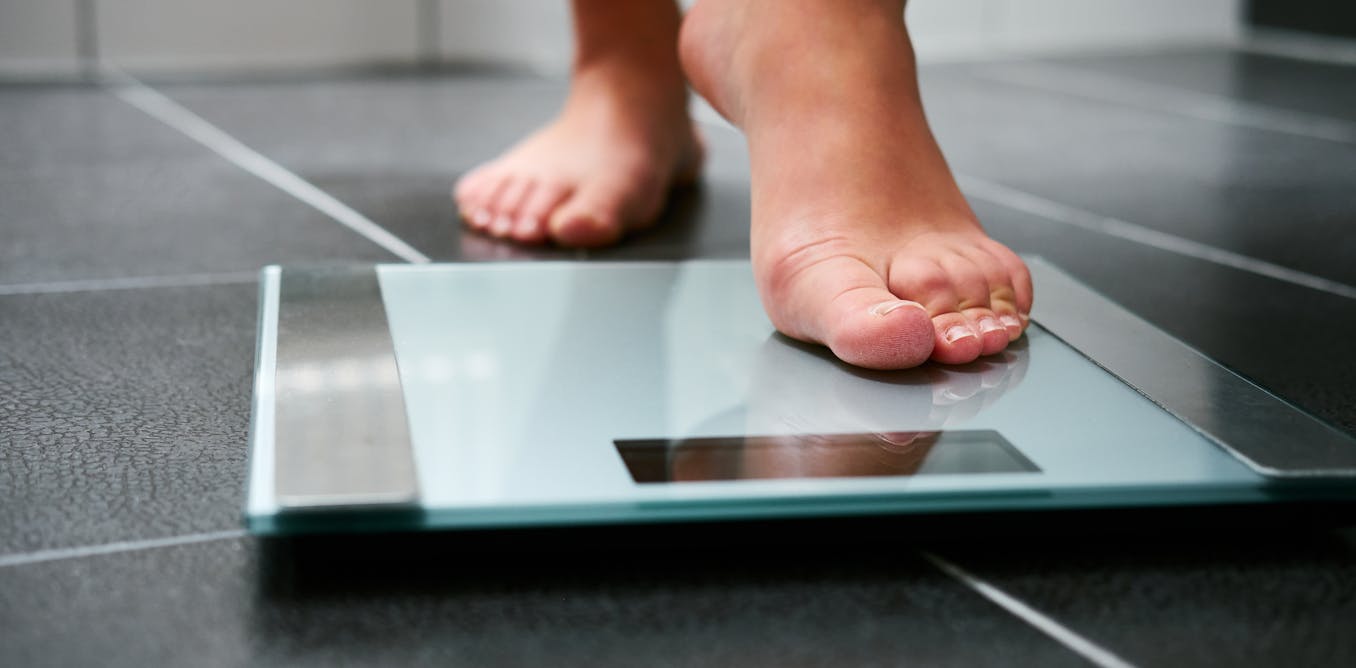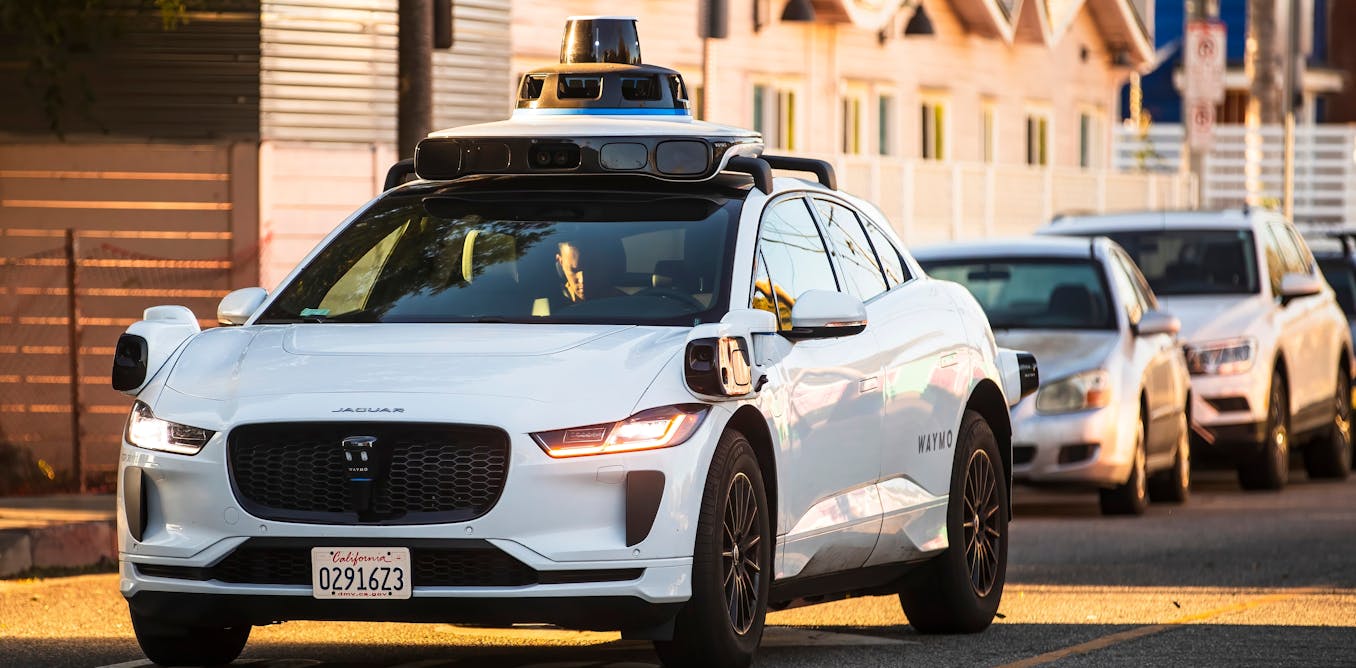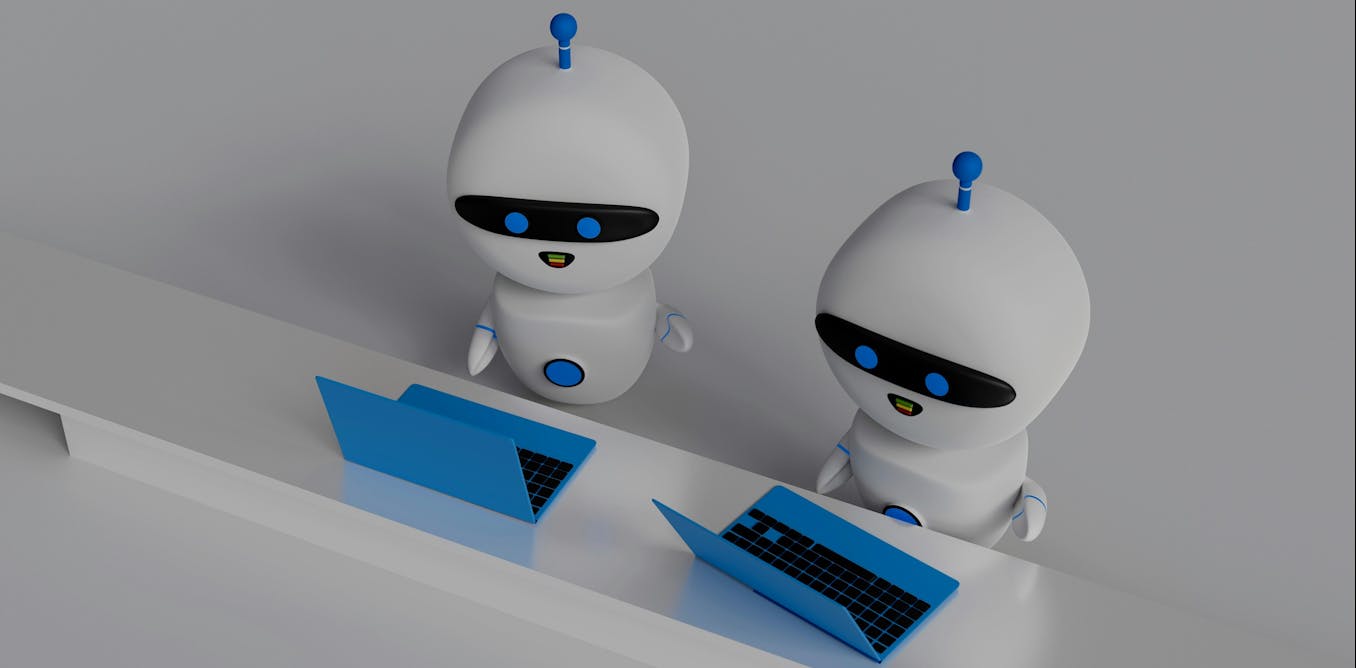Video Friday is your weekly selection of awesome robotics videos, collected by your friends at IEEE Spectrum robotics. We also post a weekly calendar of upcoming robotics events for the next few months. Please send us your events for inclusion.
RoboCup 2024: 17–22 July 2024, EINDHOVEN, NETHERLANDS
ICSR 2024: 23–26 October 2024, ODENSE, DENMARK
Cybathlon 2024: 25–27 October 2024, ZURICH
Enjoy today’s videos!
Do you have trouble multitasking? Cyborgize yourself through muscle stimulation to automate repetitive physical tasks while you focus on something else.
[ SplitBody ]
By combining a 5,000 frame-per-second (FPS) event camera with a 20 FPS RGB camera, roboticists from the University of Zurich have developed a much more effective vision system that keeps autonomous cars from crashing into stuff, as described in the current issue of Nature.
[ Nature ]
Mitsubishi Electric has been awarded the GUINNESS WORLD RECORDS™ title for the fastest robot to solve a puzzle cube. The robot’s time of 0.305 second beat the previous record of 0.38 second, for which it received a GUINNESS WORLD RECORDS certificate on 21 May 2024.
[ Mitsubishi ]
Sony’s AIBO is celebrating its 25th anniversary, which seems like a long time, and it is. But back then, the original AIBO could check your email for you. Email! In 1999!
I miss Hotmail.
[ AIBO ]
SchniPoSa: schnitzel with french fries and a salad.
[ Dino Robotics ]
Cloth folding is still a really hard problem for robots, but progress was made at ICRA!
Thanks, Francis!
MIT CSAIL researchers enhance robotic precision with sophisticated tactile sensors in the palm and agile fingers, setting the stage for improvements in human-robot interaction and prosthetic technology.
[ MIT ]
We present a novel adversarial attack method designed to identify failure cases in any type of locomotion controller, including state-of-the-art reinforcement learning (RL)-based controllers. Our approach reveals the vulnerabilities of black-box neural network controllers, providing valuable insights that can be leveraged to enhance robustness through retraining.
[ Fan Shi ]
In this work, we investigate a novel integrated flexible OLED display technology used as a robotic skin-interface to improve robot-to-human communication in a real industrial setting at Volkswagen (VW) for a collaborative human-robot interaction task in motor assembly. The interface was implemented in a workcell and validated qualitatively with a small group of operators (n=9) and quantitatively with a large group (n=42). The validation results showed that using flexible OLED technology could improve the operators’ attitude toward the robot, increase their intention to use the robot, enhance perceived enjoyment, social influence, and trust, and reduce their anxiety.
[ Paper ]
Thanks, Bram!
We introduce InflatableBots, shape-changing inflatable robots for large-scale encountered-type haptics in VR. Unlike traditional inflatable shape displays, which are immobile and limited in interaction areas, our approach combines mobile robots with fan-based inflatable structures. This enables safe, scalable, and deployable haptic interactions on a large scale.
[ InflatableBots ]
We present a bioinspired passive dynamic foot in which the claws are actuated solely by the impact energy. Our gripper simultaneously resolves the issue of smooth absorption of the impact energy and fast closure of the claws by linking the motion of an ankle linkage and the claws through soft tendons.
[ Paper ]
In this video, A 3-UPU exoskeleton robot for wrist joint is designed and controlled to perform wrist extension, flexion, radial deviation and ulnar deviation motions in stroke-affected patients. This is the first time a 3-UPU robot has been used effectively for any kind of task.
UPU is referring to the actuators: a prismatic joint in between two universal joints.
[ BAS ]
Thanks, Tony!
BRUCE Got Spot-ted at ICRA2024.
Parachutes: maybe not as good of an idea for drones as you might think.
[ Wing ]
In this paper, we propose a system for the artist-directed authoring of stylized bipedal walking gaits, tailored for execution on robotic characters. To demonstrate the utility of our approach, we animate gaits for a custom, free-walking robotic character, and show, with two additional in-simulation examples, how our procedural animation technique generalizes to bipeds with different degrees of freedom, proportions, and mass distributions.
[ Disney Research ]
The European drone project Labyrinth aims to keep new and conventional air traffic separate, especially in busy airspaces such as those expected in urban areas. The project provides a new drone traffic service and illustrates its potential to improve the safety and efficiency of civil land, air and sea transport, as well as emergency and rescue operations.
[ DLR ]
This CMU RI Seminar is from Kim Baraka at Vrije Universiteit Amsterdam, on “Why We Should Build Robot Apprentices And Why We Shouldn’t Do It Alone.”
For robots to be able to truly integrate human-populated, dynamic, and unpredictable environments, they will have to have strong adaptive capabilities. In this talk, I argue that these adaptive capabilities should leverage interaction with end users, who know how (they want) a robot to act in that environment. I will present an overview of my past and ongoing work on the topic of Human-Interactive Robot Learning, a growing interdisciplinary subfield that embraces rich, bidirectional interaction to shape robot learning. I will discuss contributions on the algorithmic, interface, and interaction design fronts, showcasing several collaborations with animal behaviorists/trainers, dancers, puppeteers, and medical practitioners.
[ CMU RI ]
The post “Video Friday: Multitasking” by Evan Ackerman was published on 05/31/2024 by spectrum.ieee.org

The post “Juggling Multiple Tasks ” by GretAi was published on 05/31/2024 by news.gretai.com


































